Having garnered close to 3m subscribers on YouTube, Brazilian filmmaker Joe Penna has since turned his talents to cinema, with the survival flick Arctic, starring Mads Mikkelsen. We had the pleasure of speaking to the director, who explains how this project changed location from its original setting of Mars, and why it was such a joy to collaborate so closely with his Danish protagonist. He also talks about everything he’s learnt from YouTube, and on his next project, currently untitled, but starring Anna Kendrick and Toni Collette.
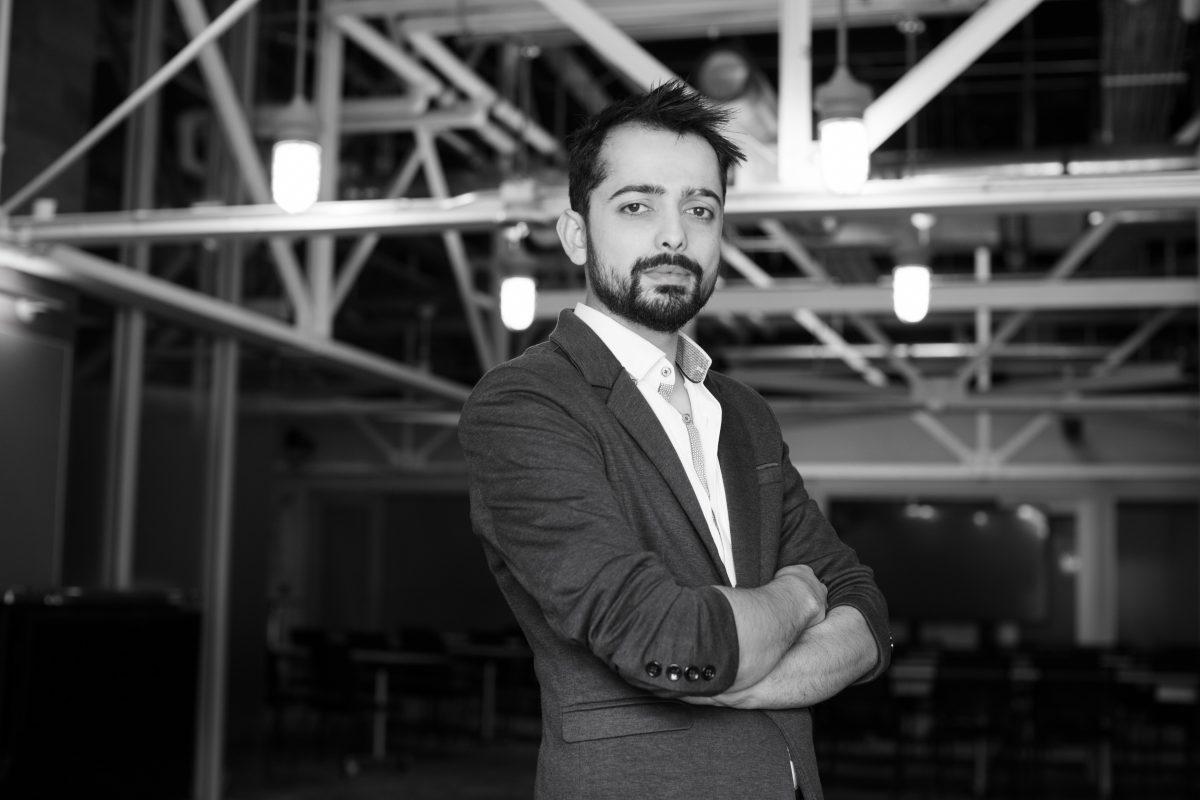
Where did the idea for Arctic first originate from?
I wanted to make a film that was positive and happy and very different from the stuff that I had been doing on my YouTube channel for a long time, on my show ‘Mystery Guitar Man’ which had three million subscribers. I had been, by everyone in the industry, pigeonholed into doing that kind of style of thing, and those were the only films I was being offered. So I figured I’d have to write my own, and I have a great writing partner, so why not? We started looking for different things and I knew that I wanted to tell a relatively universal story, so that’s what we were searching for, and survival was always going to be interesting. We started looking into different survival films and I eventually found an image of what Mars is going to look like one day when we start planting trees and whatnot, and it looked so hostile, still. So I figured this is incredibly interesting and could be a wonderful setting for us to make a movie. So we wrote an entire movie that is happening on Mars, and we sent it to our agents and they liked the film, but they gave us a link to the trailer for Ridley Scott’s newest film The Martian. So… best of luck trying to get it made now. So we moved it to the Arctic and thought it could work just as well there.
So how much changed in the story in that change? To take it from a place we don’t know, to a place we do.
It was easier than I thought it would be. I thought it would take weeks and weeks and weeks to completely rework the story, but it didn’t. It went from him being unable to breathe, to him just being really cold. The core of the story that we wanted to tell stayed the same, and it can be anywhere, in the Arctic or in a desert. You just change the mechanics of his challenges and that’s it.
What is the appeal to this type of film? It’s a popular sub-genre, of one man alone, somewhere. Is it the study of the human psyche and the lengths we’ll go to survive?
Yeah, I think it’s so easy to put yourself into those shoes because you’re being forced to. You’re seeing a film entirely from one person’s perspective, so how can you not put yourself in those shoes? Then you end up needing an incredible actor because they aren’t playing against anyone else and we knew that we needed that for this film. If you don’t believe it, and I’ve seen survival films like this that I won’t mention, that I didn’t buy any of because the actor wasn’t making me feel like I was there, like he was actually thinking about this, it felt like MacGyver, somebody who knew immediately what to do. I wanted to show the moments in between, the hesitation, the fear. There’s a polar bear that comes into the cave and it’s not like ‘I’ll just grab this axe and hit it in the head’, instead he dropped everything that he had in his hands because he was fucking scared. We wanted that realism to it, and we needed somebody who would bring that realism.
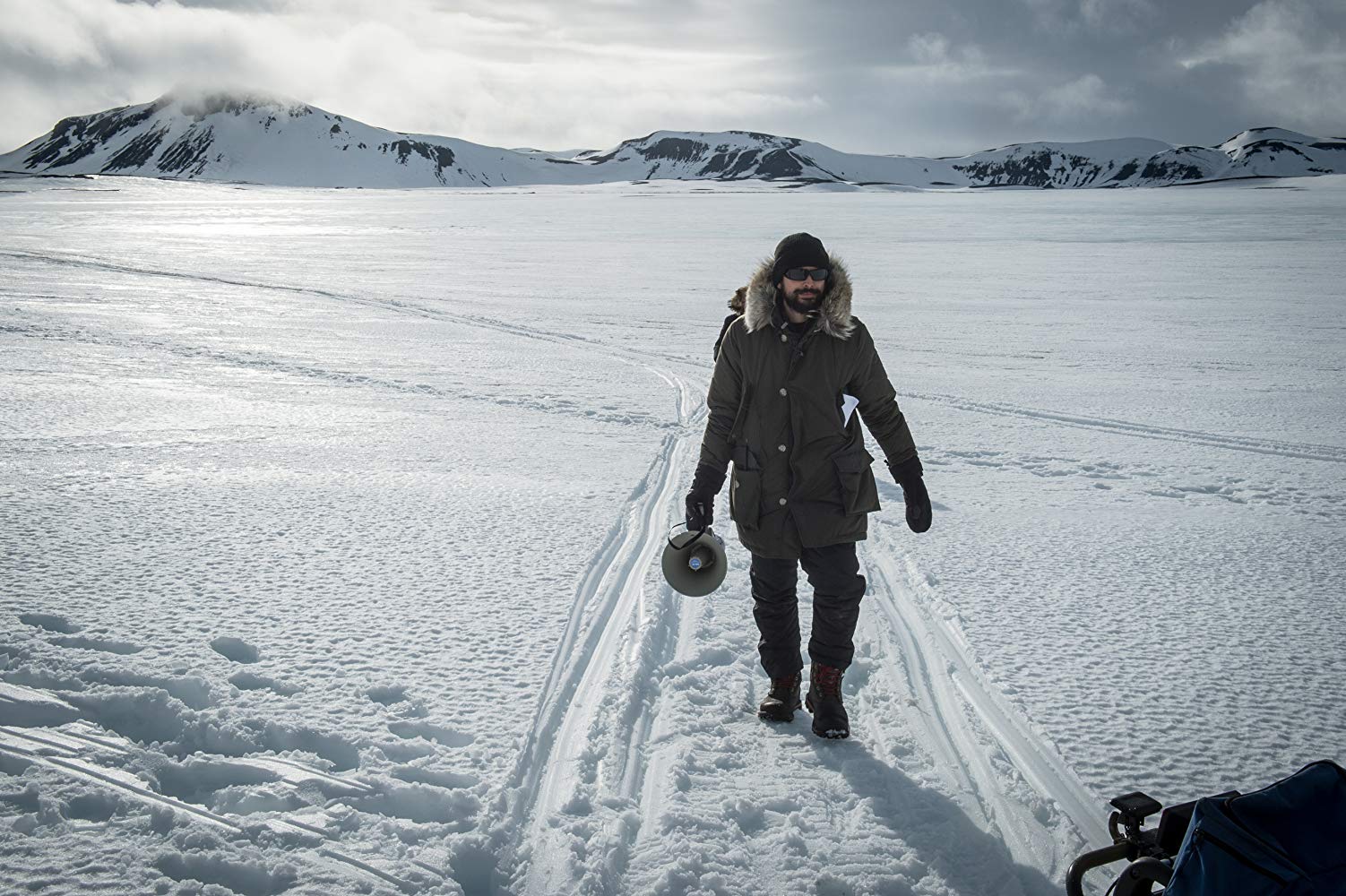
Well that leads me onto my next question – you always need the right person for your protagonist, but in a film of this nature it simply doesn’t work without a strong lead because he’s in every single shot. You must’ve been absolutely thrilled to get Mads Mikkelsen on board because he’s one of the best actors working today.
Oh my gosh, yes. He’s one of the best of his generation. We needed to get this tiny, tiny target, somebody who is physical enough to pull this off, so somebody who can do it, somebody with a single look can say a thousand different things, and I had what I call my ‘abort button’, little lines that were sort of greyed out on the script, 50% grey where it was like, okay, if I don’t have an actor who is good enough, those lines can expand on how he’s feeling, on his background, or whatever it may be. And we didn’t have to shoot a single one of those grey lines. In fact, some of the black lines that I thought I was going to need, we didn’t need either, because on set I’d say, ‘Mads, let’s do that without dialogue’ and he’d do it, and it would be better. You can really start to wonder as an audience member, what is he thinking? What is he wondering? This shot is lingering on his face, it must be important.
Because he’s quite a prolific actor it means I’ve been fortunate enough to interview him a few times, and he’s such a nice guy. When making a movie of this nature, that counts for so much as well doesn’t it?
Oh yeah, I make a point of that happening with every single person I work with. I passed on some great names for my next films because I just worked with Mads and it was wonderful and he’s a friend now, and I want to have a friend on my next movie. I feel like you get a reputation around town for being easy to work with, a gracious actor. So why would I work with anybody else? Especially on a movie like this, where I only had 19 days to shoot the whole film, and if I didn’t have an actor who would get annoyed at the weather, or horrified at the fact I’d asked him to remove his goggles in the middle of a snow storm, I wouldn’t have been able to do it, so for me it was partly logistical, I needed a nice guy, and partly it was just for the way that I approach filmmaking, I want to work with people that I like.
What were the conditions like to shoot in then?
It was worse than I thought it was going to be, especially as a Brazilian! I thought the cold was going to be awful, but it was worth than that. The snow was always going to be tough to deal with, but it was worse than that. The sleet and sometimes the rain, those were the worst because then you were just soaked. Everything that says it’s weather-proof is not. Don’t trust any parkers that say they’re weather-proof. The wind is really what gets ya, that’s the worst. There were three or four car doors that flew off the hinges, one was Mads’s, and you learn very quickly to park your car in a way that you can open it up against the wind. Even when had the perfect opportunity to shoot everything that we wanted, with the perfect weather and the perfect conditions, you always had to move your camera and then shoot it again, otherwise he’s stepping on not-fresh snow and it’s really really hard. If you need a foreground element it had better be a fake rock or a rock that you can move, because that’s what you’re absolutely gonna need. So yeah, it was one of the hardest shoots of my career.
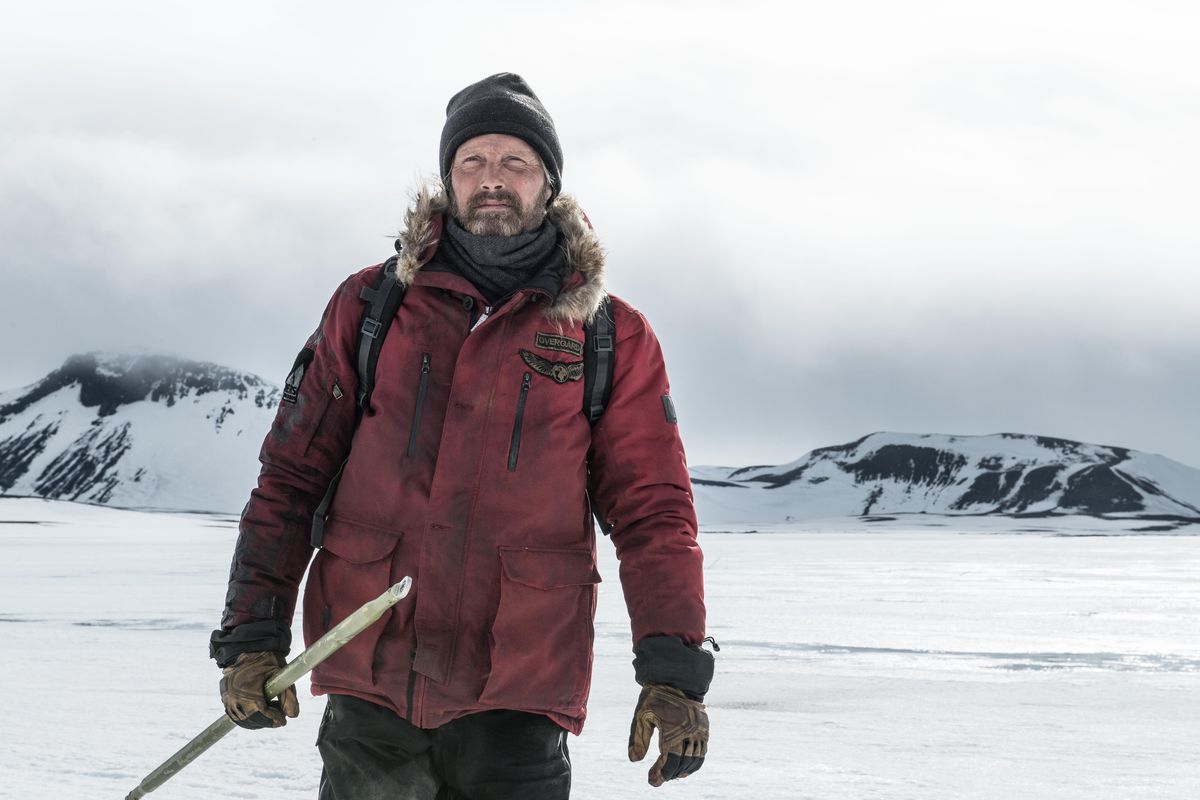
So how do you keep a film like this interesting? It’s incredibly engaging, but sometimes in survival flicks they shoehorn in contrived danger in a bid to avoid any repetition and monotony. But you’ve managed to be subtle and understated and yet engaging – what’s the secret to that, because on paper not an awful lot happens.
It was actually hard to get financed because that’s what everyone kept telling us, that it was going to be boring. But we were like, no it’s not if you get the right actor. There are little tricks that you can do, I was adamant from the beginning that I didn’t want to all of a sudden have a whale come out of nowhere and eat him, or the dog or something, that’s not what I thought this film was about. I wanted to be as realistic as possible, and not have the contrived action sequences that you talk about. One of the things I found, that I didn’t like in films that were similar, are when the protagonist is doing something that the entire audience knows is a bad idea. Like, why would that guy be the dumbest person in the room? You know, he’s survived so far he needs to be smart. So I did little mysteries, you see a person digging a trench and you’re like, what is happening? What are you showing me a minute of this guy digging a trench? Then when you cut wide you see that it’s an SOS sign and you’re like, ohhh okay, I see. It kind of creates this contract with an audience, where you’re saying that if you stick around it’s gonna pay-off. I’ll show you a little pile of rocks and if you stick around, I’ll tell you what they are, and I promise it’s not going to be boring, and then eventually it isn’t. You create enough of those little mysteries you can keep a person engaged.
You’ve done so much stuff on YouTube, you must be such a big advocate for the opportunities that platform can provide people? For some, it can be a way of making a quick dollar, but for people like yourself it can be a real platform to get your name out there and show what you can do?
Yeah man, it was pivotal for me creating my career. I called it my public film school. If you look at the 300+ videos that I’ve done there, I’ve learned through YouTube, and it was paying me at the time to learn. It was interesting to me to keep going on YouTube. Also, the audience there is brutal, they’ll tell you if it doesn’t work, and if they’re not seeing it then YouTube is, there are analytic tools that tells you exactly when a person is leaving your video. So you know exactly when you lose them. It teaches you to consider every single frame of your video and you take that mentality into your feature film, and this is a film that has air, the Arctic has air, but air in the right places. I don’t want to just cut to something and leave you on that shot for a minute and a half if there isn’t a purpose to it.
And I guess with YouTube work being so thick and fast, it must’ve been beneficial to a project that you had to shoot in just 19 days?
Sure man, when you’re starting a video on Monday and you need to get it done before Wednesday when it goes up, it teaches you to be quick, really, really fast. Two videos a week at a certain point, then eventually one video a week when the quality went up, for me that was pivotal, to learn how to work quickly and shoot exactly what you need and that’s it, otherwise you’re going to spend an extra hour editing. It was the only way really that I could do this film in such a short amount of time.

Next up is Stowaway…
We’re going to have to change the name of it, because there’s another film called Stowaway with Britt Robertson coming up, so i’m gonna figure out the name of it.
Well, this untitled project you’re working on – features Anna Kendrick and Toni Collette? Similar to getting Mads, they’re right at the very top of their game.
Yeah, we were so, so happy to get them. Because really the only reason why they watched the film is because of Mads, so they watched this Arctic film, and if they liked it, they’d read my script and they watched it and both enjoyed the film, and read the script. I met with Anna a few times and had a few phone calls with Toni, and they were just so nice about what they were saying about Arctic, and they said whatever I wanted to do, they were in, they trusted me and they wanted to go down that path with me. Because if they had read the script for Arctic they would’ve passed. Like you said, nothing happens and I was able to pull it off, and they were sure I would be able to do the same with Stowaway, and that was really nice to hear. But it’s going to be a four-hander, which is the first time I’ve had so many people in a film. Four people – that’s insane!


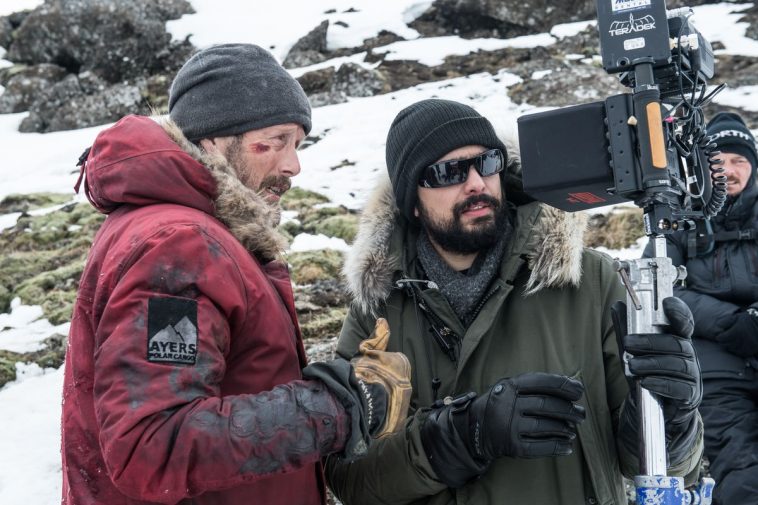


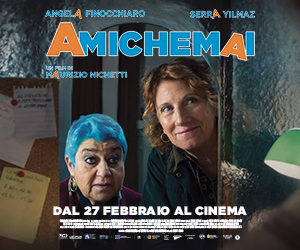


Leave a Comment